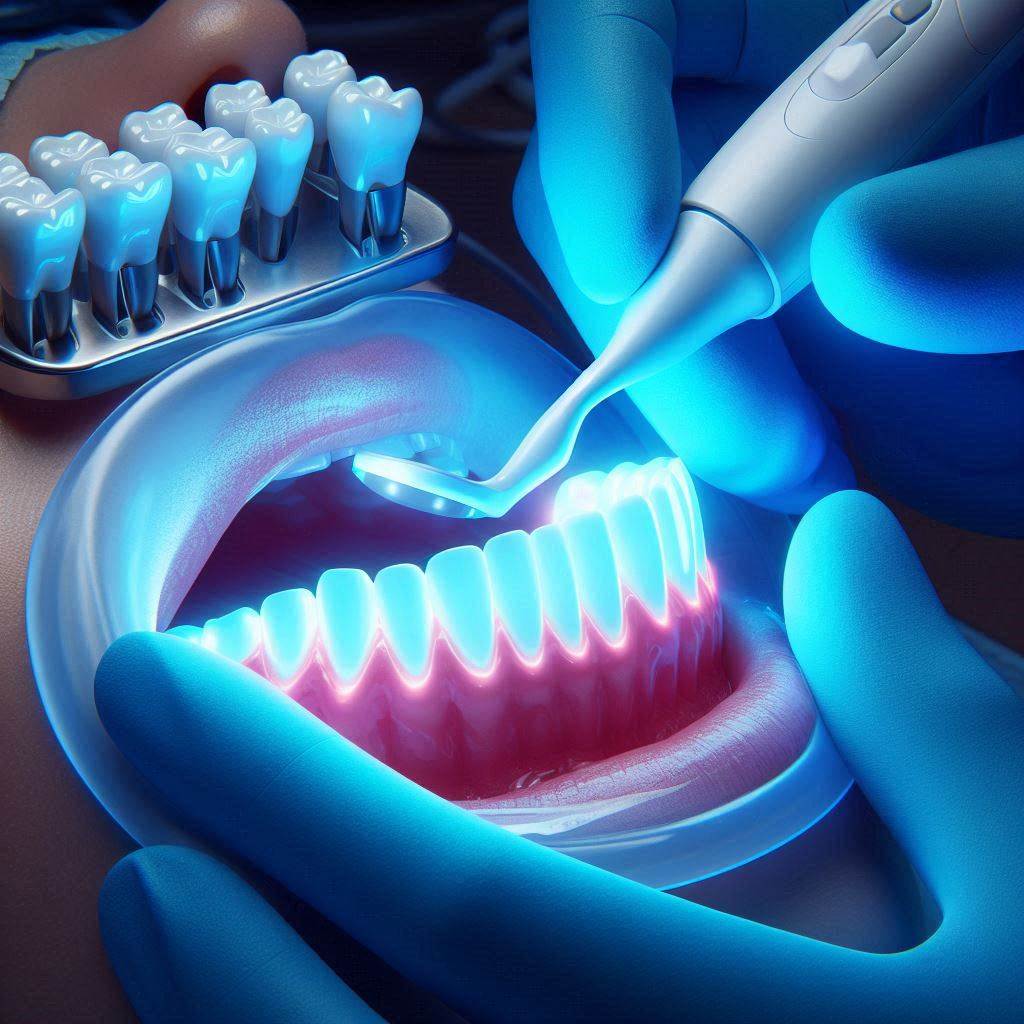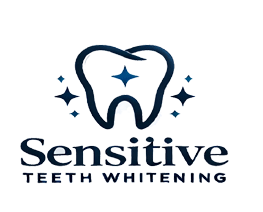Imagine your teeth as delicate porcelain, gleaming yet fragile. The pursuit of a dazzling smile often comes at a cost, especially for those with sensitive teeth. Sensitive teeth whitening is a journey fraught with discomfort, much like a traveler braving a storm to reach a golden sunrise. Enter blue light therapy—a beacon of hope illuminating the path to a brighter, pain-free smile. But does it truly minimize discomfort, or is it merely an illusion cast by modern dentistry?

Understanding Blue Light Therapy
Blue light therapy, often employed in teeth whitening procedures, is akin to a guiding star, enhancing the effects of whitening agents. LED or laser light activates the hydrogen peroxide in whitening gels, accelerating the oxidation process that breaks down stains. This results in a faster and more effective whitening experience. However, for those with sensitive teeth, the concern remains: Does this technology help mitigate discomfort, or does it exacerbate the very issue it aims to resolve?
The Sensitivity Conundrum
For individuals with sensitive teeth, whitening treatments can feel like walking barefoot on icy ground—a sharp, stinging sensation that makes them hesitant to proceed. Sensitivity arises when dentin, the inner layer of the tooth, is exposed due to weakened enamel or receding gums. Traditional whitening methods, particularly those relying solely on chemical bleaching, can intensify this discomfort. But does blue light therapy offer a gentler alternative?

Objections and Counterarguments
Objection 1: Blue Light Therapy Causes More Sensitivity
Critics argue that blue light generates heat, which can aggravate dental nerves, making teeth more sensitive post-treatment. However, modern LED lights are designed to emit minimal heat, reducing the risk of discomfort. Unlike older laser-based treatments, which could indeed cause thermal damage, LED therapy prioritizes safety while enhancing whitening efficiency.
Objection 2: Blue Light Therapy Is Merely a Marketing Gimmick
Skeptics claim that blue light serves no real purpose beyond creating an aesthetic appeal during whitening procedures. However, research suggests otherwise. Studies indicate that blue light accelerates the breakdown of peroxide molecules, leading to faster results with potentially shorter exposure times. This, in turn, may reduce the duration of chemical interaction with teeth, thereby lessening sensitivity.
Objection 3: Results Are Temporary and Not Worth the Cost
Another concern is that the effects of blue light therapy are short-lived, making the investment questionable. While it is true that lifestyle factors like diet and oral hygiene influence the longevity of whitening results, combining blue light therapy with a proper maintenance routine can significantly extend the brightness of one’s smile. Regular touch-ups and enamel-strengthening toothpaste can help sustain results for longer periods.
Benefits of Blue Light Therapy for Sensitive Teeth Whitening
1. Reduced Whitening Time
Much like sunlight speeding up the blooming of a flower, blue light therapy accelerates the whitening process, leading to shorter treatment durations. This means less exposure to peroxide, which in turn reduces potential irritation and discomfort for sensitive teeth.
2. Less Harsh on Enamel
Traditional whitening methods rely heavily on peroxide, which can sometimes erode enamel over time. Blue light therapy enhances the effects of peroxide without requiring excessively high concentrations, thus preserving enamel integrity.
3. Lower Risk of Irritation
Since LED blue light emits minimal heat, it lowers the likelihood of post-treatment irritation compared to older laser technologies. This makes it an attractive option for individuals seeking sensitive teeth whitening without undue pain.
4. Professional and At-Home Options
Another advantage of blue light therapy is its availability in both professional settings and at-home kits. Those with sensitive teeth can opt for professional supervision to minimize risks, while others can carefully use home-based LED devices for gradual whitening.
A Brighter, Gentler Future
Blue light therapy, much like a lighthouse guiding ships through turbulent waters, offers a promising solution for individuals seeking sensitive teeth whitening without the common pitfalls of pain and discomfort. While concerns persist, advancements in LED technology continue to refine the process, making it more effective and safer than ever before. A radiant smile should not come at the cost of unbearable sensitivity, and with blue light therapy, achieving a luminous smile may no longer be a painful pursuit but a journey illuminated with comfort and confidence.




